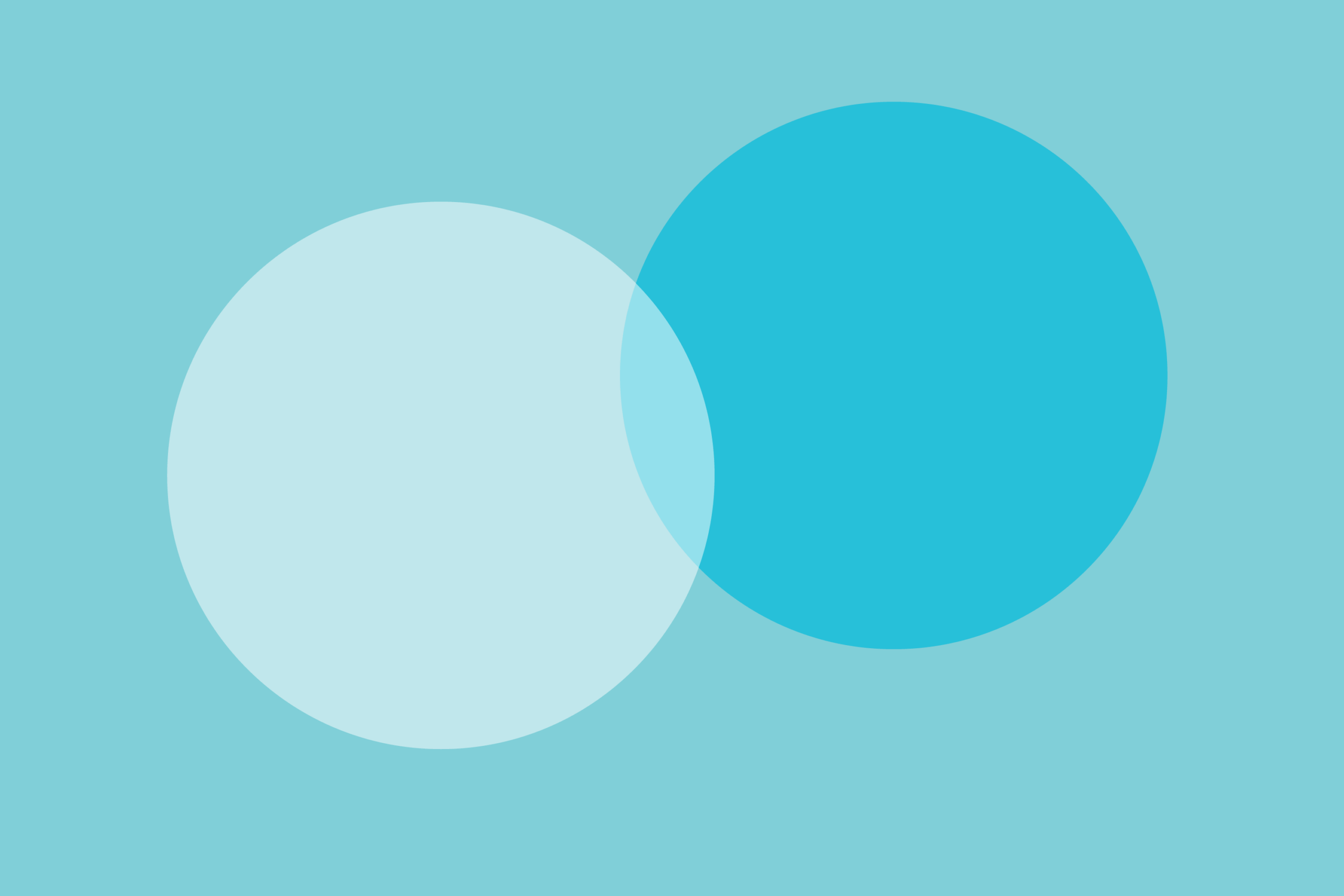The Affordable Care Act (ACA) includes an optional provision for states called the Basic Health Program (BHP). The BHP is a program designed to provide affordable health insurance coverage to low-income individuals and families who do not qualify for Medicaid but may find private health insurance plans offered on the ACA marketplaces too expensive. By providing coverage specifically tailored to the needs of this population, the BHP seeks to enhance affordability, improve health outcomes, and reduce the number of uninsured individuals.
To date, Minnesota and New York are the only two states that have adopted Basic Health Programs and have some of the lowest uninsured rates in the country; 4.3 percent in Minnesota and 4.9 percent in New York. Oregon is currently seeking a waiver to implement a BHP to cover the estimated 55,000 people who may lose Medicaid coverage during the redetermination period.
Details of the Basic Health Program include:
- Eligibility: The BHP is intended for individuals and families with incomes that are above the Medicaid eligibility threshold but still within 200% of the federal poverty level (FPL). These individuals are often referred to as the “gap population” because they fall into the income range where they don’t qualify for Medicaid but may struggle to afford private insurance. On average, 83,000 Minnesotans purchase their coverage through MinnesotaCare and as of January 2023, 1.1 million New Yorkers were enrolled in the state’s program.
- State Option: The BHP is not a mandatory program; it is an option that each state can choose to implement or not. To operate a BHP, states must establish a State-Based Exchange (SBE) to implement the state-specific eligibility criteria.
- State Administration: If a state chooses to create a BHP, it is responsible for designing and administering the program. This includes determining the specific benefits offered, premium rates, cost-sharing arrangements, and provider networks.
- Federal Funding: States that opt to implement the BHP receive federal funding to help cover the costs of providing coverage to eligible individuals. The federal government provides funding that would otherwise have been used to subsidize private insurance premiums and cost-sharing for these individuals on the health insurance marketplace.
- Benefits and Cost-Sharing: While states have the flexibility to design their BHPs, coverage must be at least as comprehensive as the essential health benefits provided by private insurance plans on the ACA marketplace. Variations can include benefits offered and cost-sharing requirements, such as copayments and deductibles.
- Enrolling in BHP: Eligible individuals can enroll in the Basic Health Program through their state’s Medicaid agency or State-Based Exchange.
- Premiums: BHP participants typically pay monthly premiums for their coverage, but these premiums are set at more affordable rates than private insurance premiums on the marketplace, making health insurance more accessible to low-income individuals. Monthly premiums for BHPs range from $0 – $80.
The ACA’s Basic Health Program is an optional state-based program designed to offer affordable health insurance coverage to low-income individuals and families who do not qualify for Medicaid but find private marketplace plans financially challenging. States that choose to implement the BHP have the flexibility to tailor the program to their specific needs, ensuring that more people have access to essential health care services while managing costs. Minnesota and New York offer compelling results and effective models for states considering adopting a BHP.






